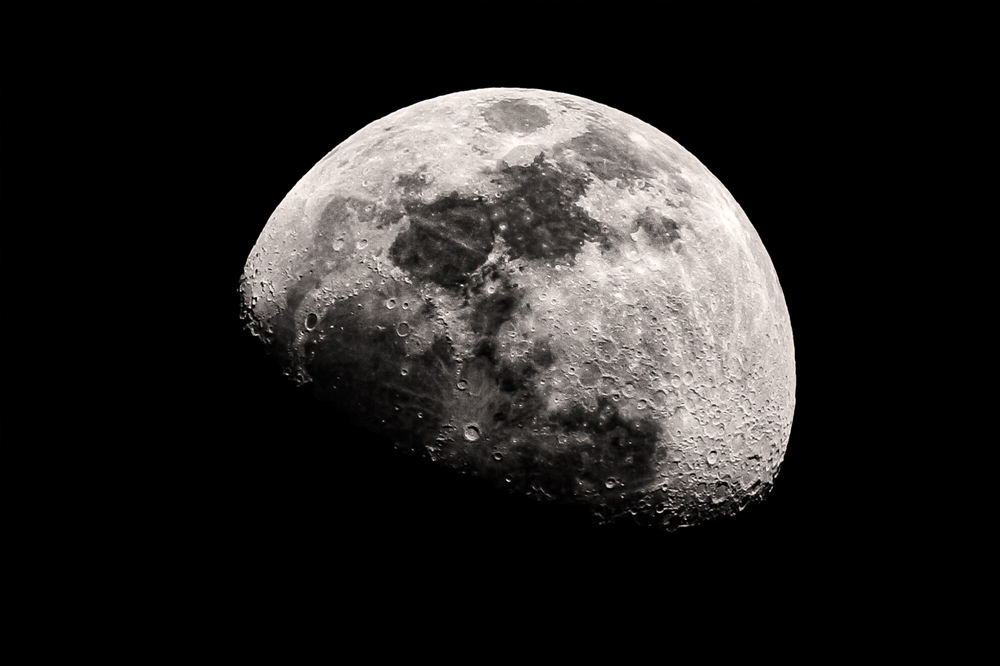Shift in Focus: From Earth to the Moon
A recently discovered asteroid, known as 2024 YR4, is capturing the attention of astronomers—not for its threat to Earth, but for its increasing likelihood of impacting the Moon. Initially flagged for a minor chance of colliding with Earth, new observations have all but ruled out that scenario. Instead, NASA’s updated data now suggests a noticeably higher possibility of the asteroid striking the lunar surface.
While early models placed the probability of a Moon impact at just 1.7%, refined measurements have raised that estimate to 3.8%. Though still a low likelihood, the rise has more than doubled previous predictions. The new data was calculated using advanced telescope observations, including those from the James Webb Space Telescope, allowing scientists to track the asteroid with greater accuracy and reevaluate its projected path.
Earth is Safe—For Now
Concerns about the asteroid making its way to Earth have significantly diminished. After further orbital analysis, NASA determined that the chance of 2024 YR4 colliding with our planet is a mere 0.004%. This nearly negligible figure has effectively removed Earth from the list of potential targets, shifting the focus entirely to the Moon. Even so, space agencies continue to monitor the asteroid closely, as tracking near-Earth objects remains an essential part of planetary defense.
Despite the growing interest in the asteroid’s lunar trajectory, experts maintain that the Moon itself is not in any serious danger. A potential collision, while scientifically exciting, would have no meaningful effect on the Moon’s orbit or its gravitational influence on Earth. This is due to both the Moon’s massive size and the relatively small dimensions of the asteroid in question.
The Asteroid in Detail
With infrared observations from James Webb and other telescopes, scientists have narrowed down the size of 2024 YR4. The asteroid is now estimated to measure between 53 and 67 meters in diameter—comparable to the height of a ten-story building. While this might seem large, it’s still a relatively small object by cosmic standards. However, its size is more than sufficient to create a noticeable impact crater on the Moon should a collision occur.
What makes 2024 YR4 stand out among other near-Earth objects is the unusual nature of its path. Since its discovery through a telescope based in the Chilean desert, it has been under close observation. In the time since it was first spotted, many other space objects have come significantly closer to Earth than 2024 YR4 ever has. Some smaller ones may have even entered Earth’s atmosphere unnoticed, burning up before reaching the ground.
Still, a lunar collision would present a rare and valuable opportunity for space scientists. A direct hit could allow experts to study how the Moon’s surface reacts to real-time cosmic events, offering insights into both lunar geology and impact physics. It would also be a rare occasion where such an event could be observed live from Earth with modern instruments—and even with high-powered binoculars in ideal conditions.
Ongoing Observations and What Comes Next
NASA and other observatories are not done with 2024 YR4 yet. The asteroid is scheduled for further analysis using the James Webb Space Telescope in the near future. These continued observations aim to provide even more precise information about its orbit, velocity, and structural composition. Scientists hope to use these findings not only to better understand this specific asteroid but also to improve tracking and modeling systems for other objects in space.
While an impact remains unlikely, the increase in probability has brought attention to the importance of space surveillance and international cooperation in monitoring celestial threats. A lunar strike might not carry the dramatic implications of an Earth collision, but it could offer a rare, controlled chance to witness and analyze a real impact in our solar system—something that rarely occurs within observable range.
As space agencies continue to track 2024 YR4, the world watches with cautious curiosity. Whether or not the asteroid ever meets the Moon, its journey serves as a timely reminder of the dynamic and ever-changing nature of our cosmic neighborhood.



